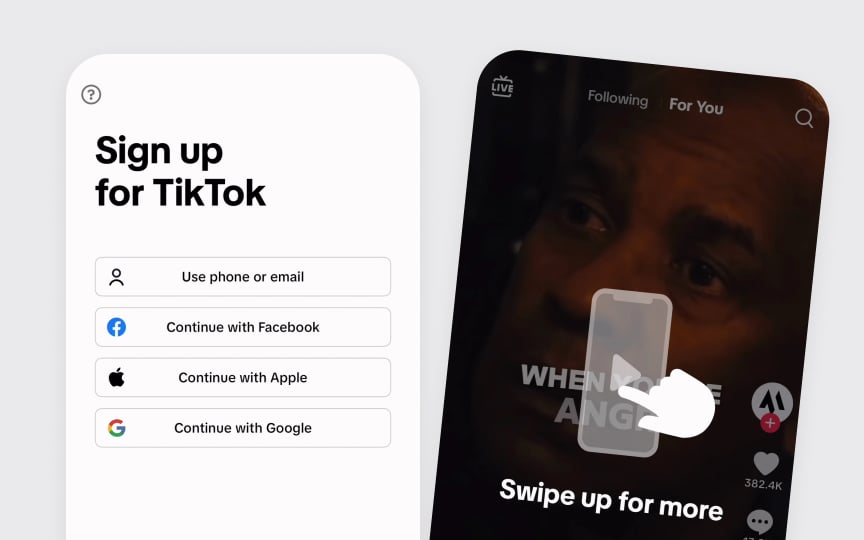Choosing success metrics
Success metrics are specific numbers that tell you if your test worked. Choosing the right metrics means focusing on customer actions that directly connect to reducing churn. For example, when testing TikTok's onboarding flow, tracking whether new users complete actions like "swipe up for more" or follow their first creator is more reliable than measuring general app open rates.
Good metrics should be both relevant and reliable. Relevant metrics directly relate to customer success — like measuring how often customers use core features rather than just how often they log in. Reliable metrics show consistent patterns that you can trust. Keep your metric list focused and prioritized. Primary metrics directly measure the change you're testing, while secondary metrics help spot unexpected effects. If you're testing a new upgrade notification, your primary metric might be upgrade conversion rate, while secondary metrics could include customer support tickets or feature usage changes after the upgrade.
Pro Tip: Choose metrics you can measure the same way for both test groups — if you can't track it consistently, it's not a good test metric.

